When we think about toothpaste, most of us picture the familiar plastic tube squeezed from the bottom. It’s a design we hardly question. Yet it’s one of the most problematic forms of packaging in the world today.
🌍 The Global Context
Every year, an estimated 20 billion toothpaste tubes are thrown away worldwide.¹ These tubes are almost always made of plastic laminated with aluminum, a design introduced in the 1980s to make toothpaste more portable, lightweight, and cheap to produce.
At the time, plastic seemed like a modern upgrade over the old metal tubes. But decades later, the environmental cost is staggering: billions of tubes piling up in landfills, waterways, and oceans, with no practical way to recycle them.
🚯 The Problem With Plastic Tubes
Toothpaste tubes are particularly difficult to recycle because they are made of mixed materials (plastic fused with aluminum foil layers). Recycling plants simply cannot process them efficiently, meaning almost all toothpaste tubes end up as waste.
The consequences are severe:
-
Landfills: Tubes take hundreds of years to break down.
-
Pollution: Microplastics and chemicals leach into soil and water.
-
Incineration: In some countries, tubes are burned, releasing toxins into the atmosphere.
What once seemed like convenience is now an urgent environmental issue.
🥛 The Sustainable Solution: Glass Jars
Unlike plastic, glass is infinitely recyclable without losing quality. A glass jar can be melted down and turned into another glass product over and over again. In fact, about 80% of recycled glass makes its way into new bottles and jars within just a few weeks.²
By rethinking toothpaste packaging, switching from plastic tubes to glass jars solves multiple issues at once: it eliminates hard-to-recycle waste, reduces pollution, and supports a circular economy.
👍 Customer Advantages of Glass Jars
Glass jars don’t just benefit the planet, they’re practical at home, too:
-
Repurposing: Once empty, jars can be reused to store spices, herbs, nuts, buttons, or small household items.
-
Hygiene: Glass is non-porous, meaning it doesn’t absorb flavors, odors, or bacteria.
-
Aesthetics: Glass jars look sleek and timeless in the bathroom.
-
Durability: Unlike flimsy tubes that split or crack, jars stay sturdy and functional.
🌱 Environmental Benefits of Glass Packaging
-
Unlimited recyclability — glass can be recycled endlessly without losing integrity.
-
Reduced plastic waste — every jar replaces a tube that would otherwise end up in landfill.
-
Lower pollution risk — glass doesn’t leach microplastics into water or soil.
-
Supports circular systems — recycled glass is continually reintroduced into the supply chain.
✨ Final Thought
The choice of toothpaste packaging may seem small, but multiplied by billions of people, it’s a powerful driver of environmental change. By choosing glass over plastic, we’re not just brushing our teeth - we’re brushing away waste, pollution, and a throwaway culture.
¹ Ellen MacArthur Foundation estimates on global plastic waste.
² Glass Packaging Institute statistics.

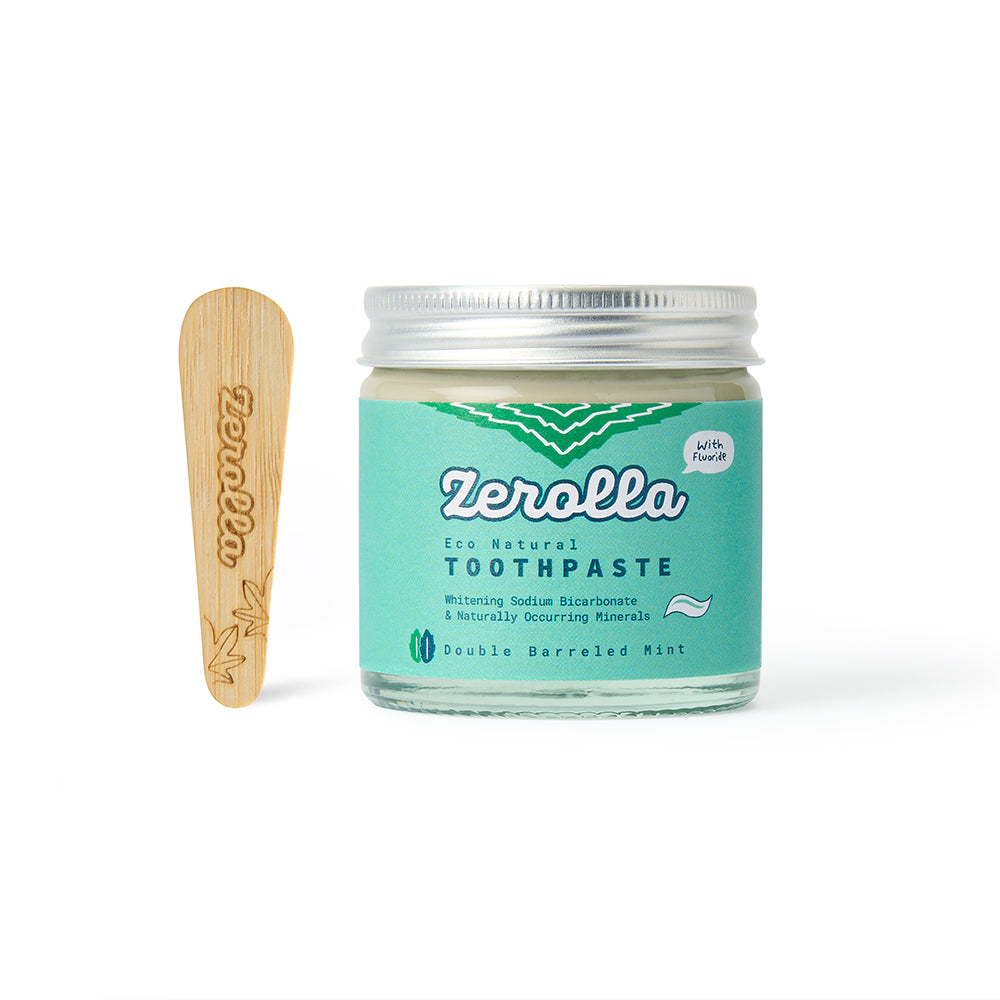
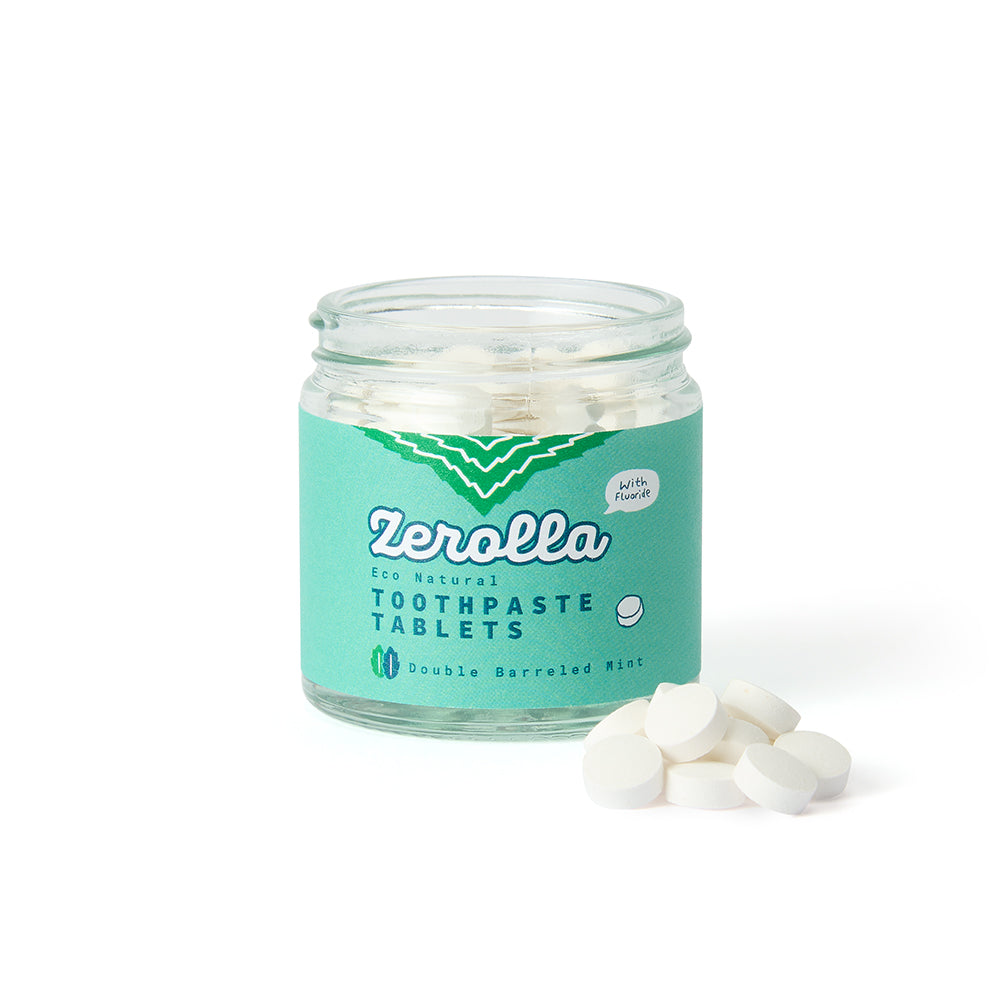
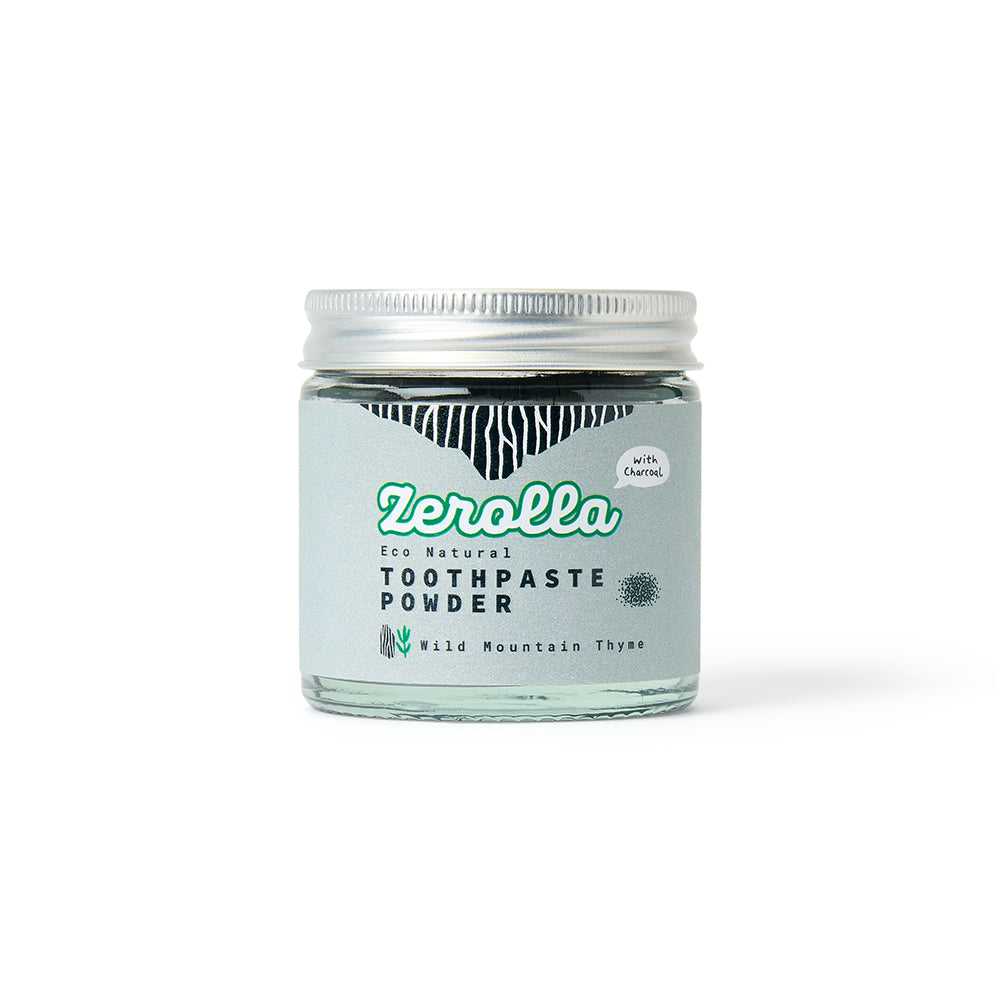
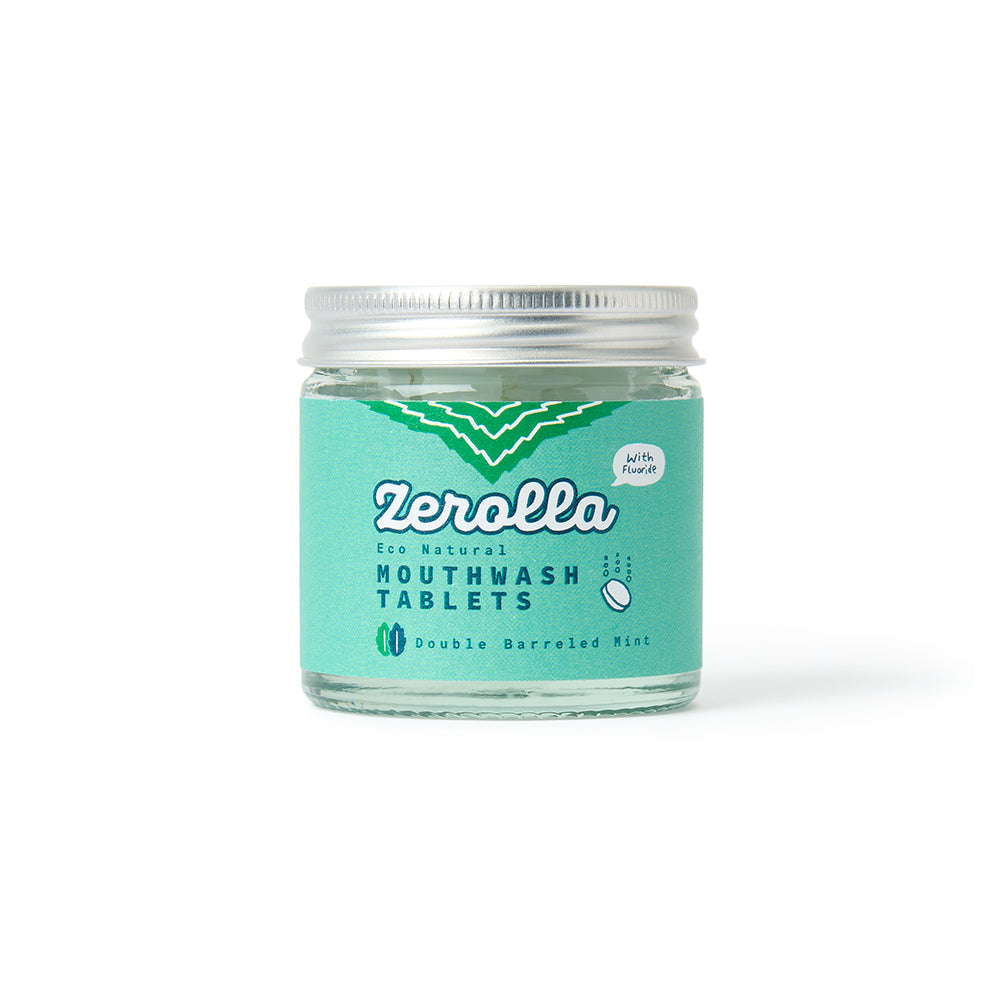
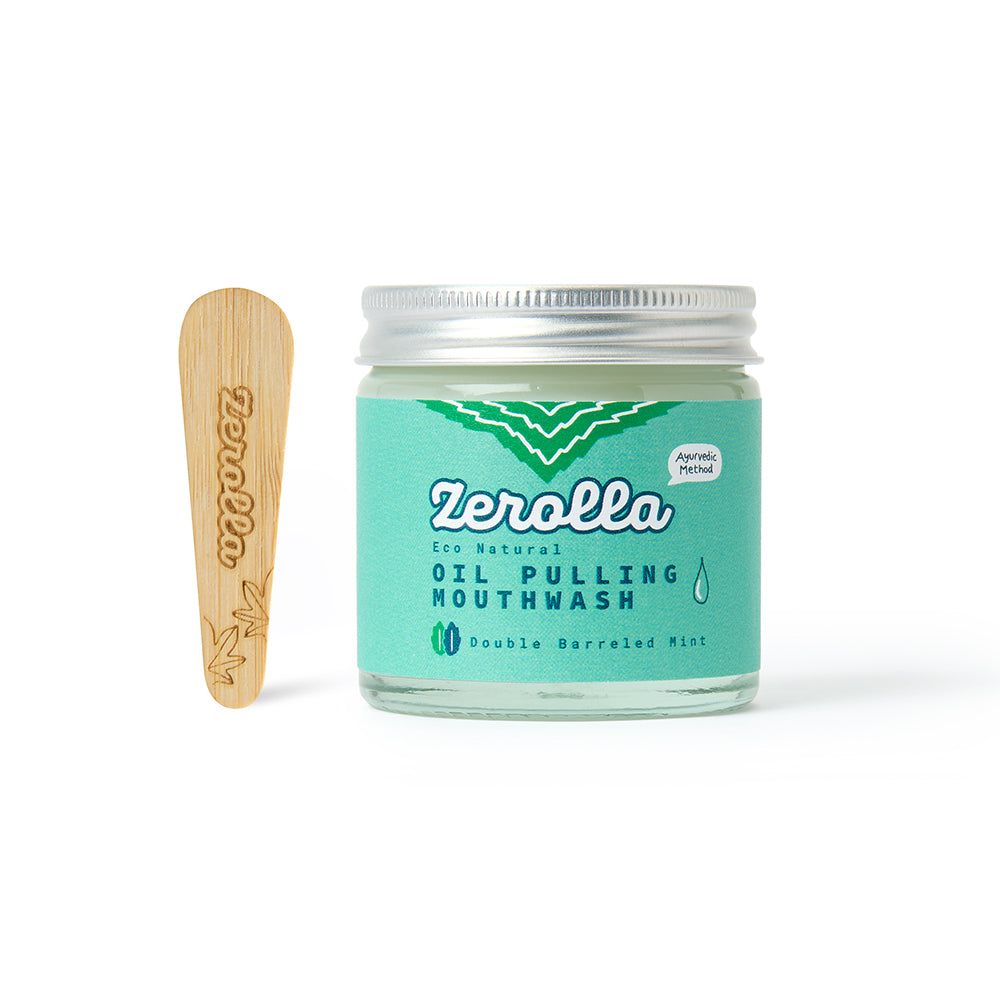
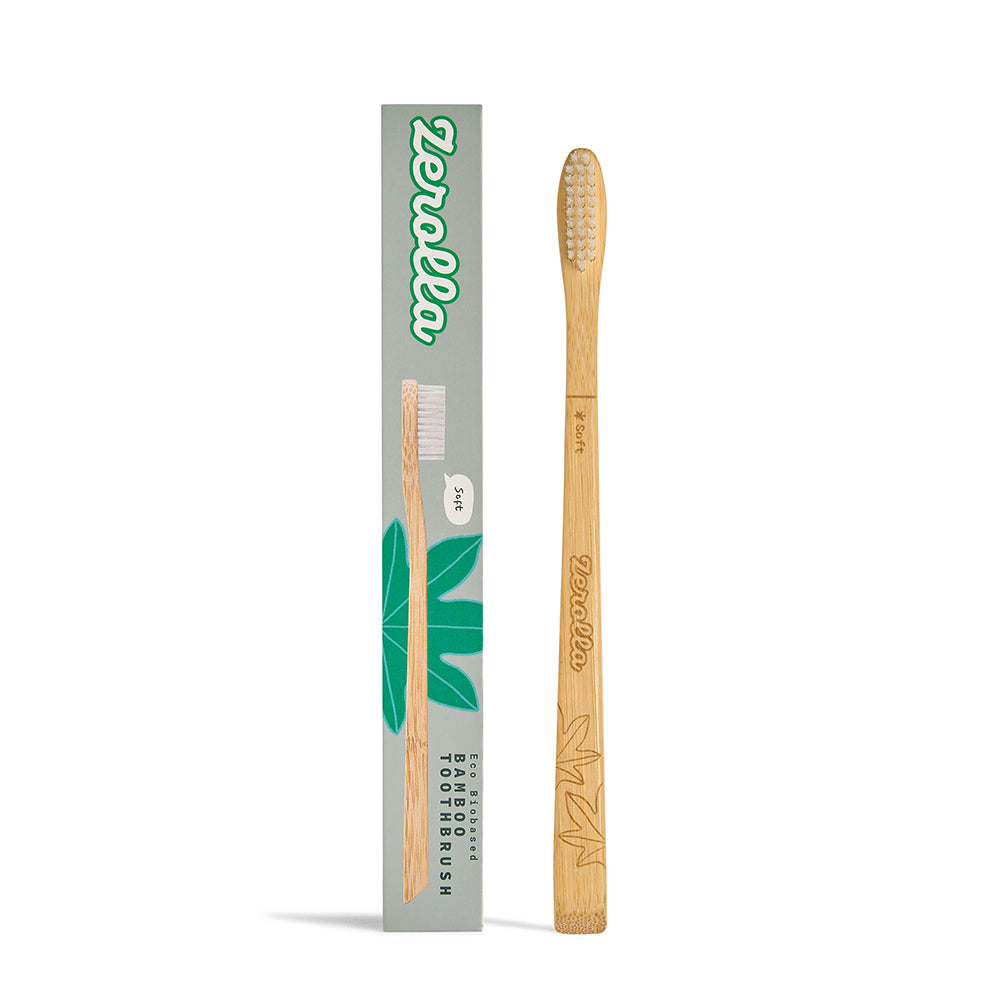
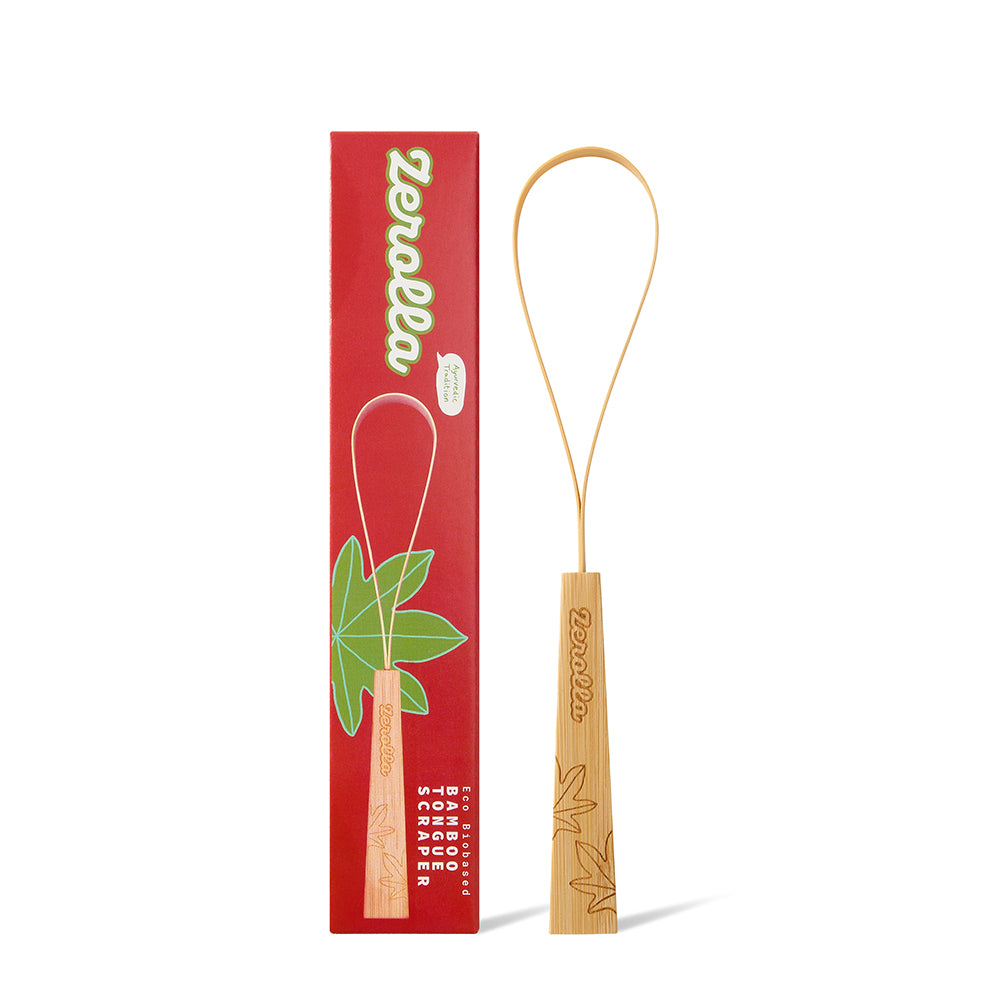
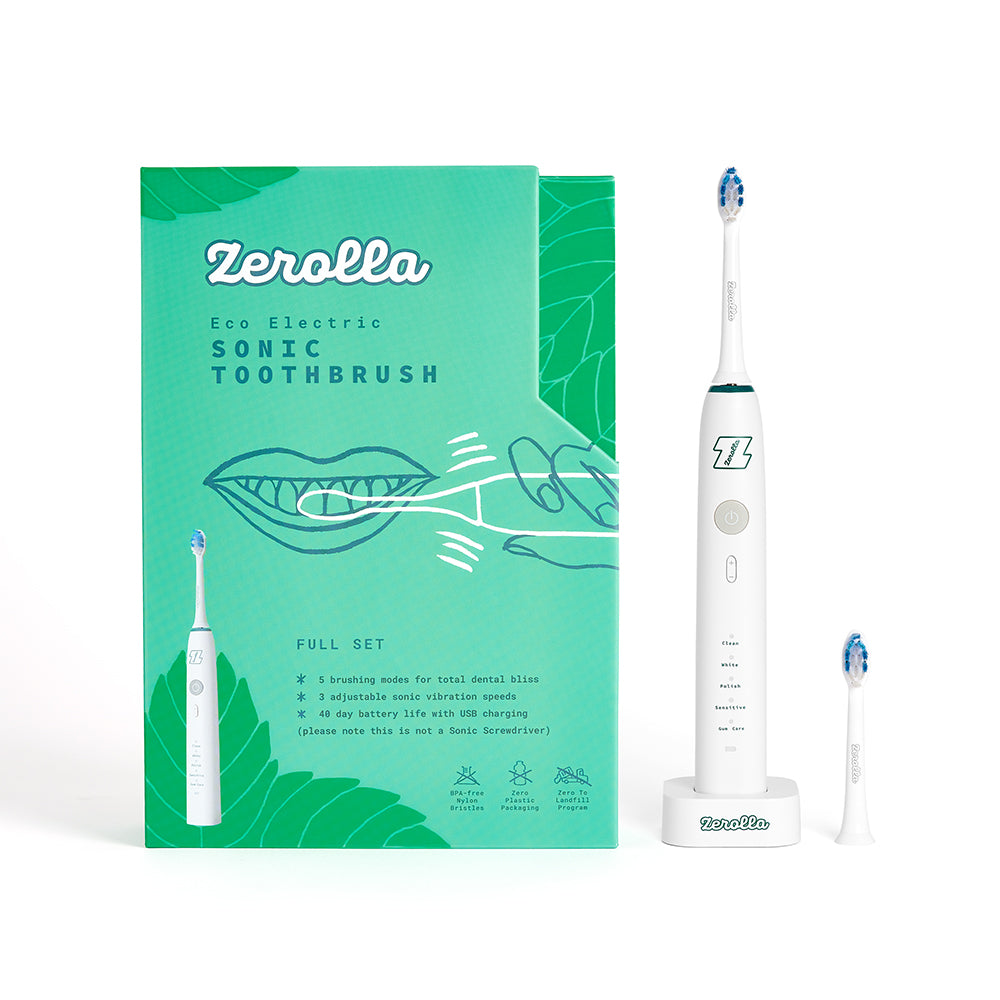
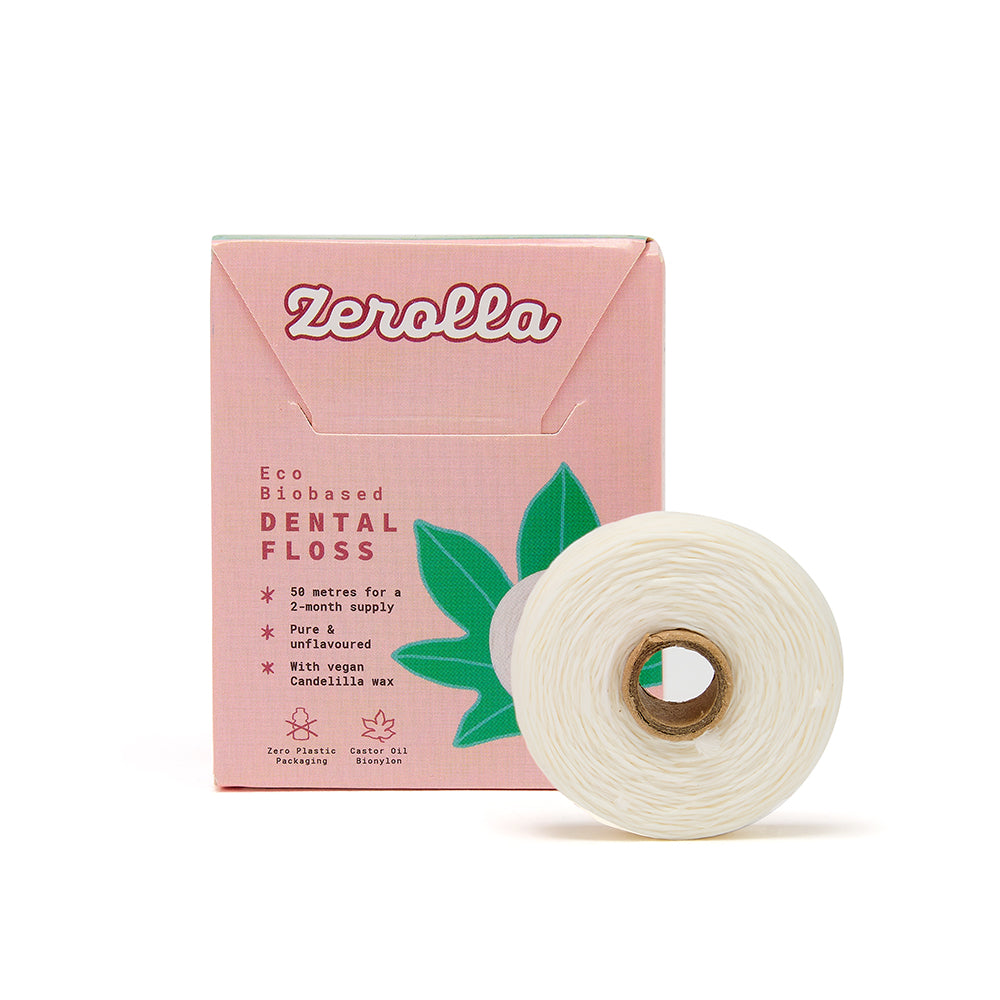
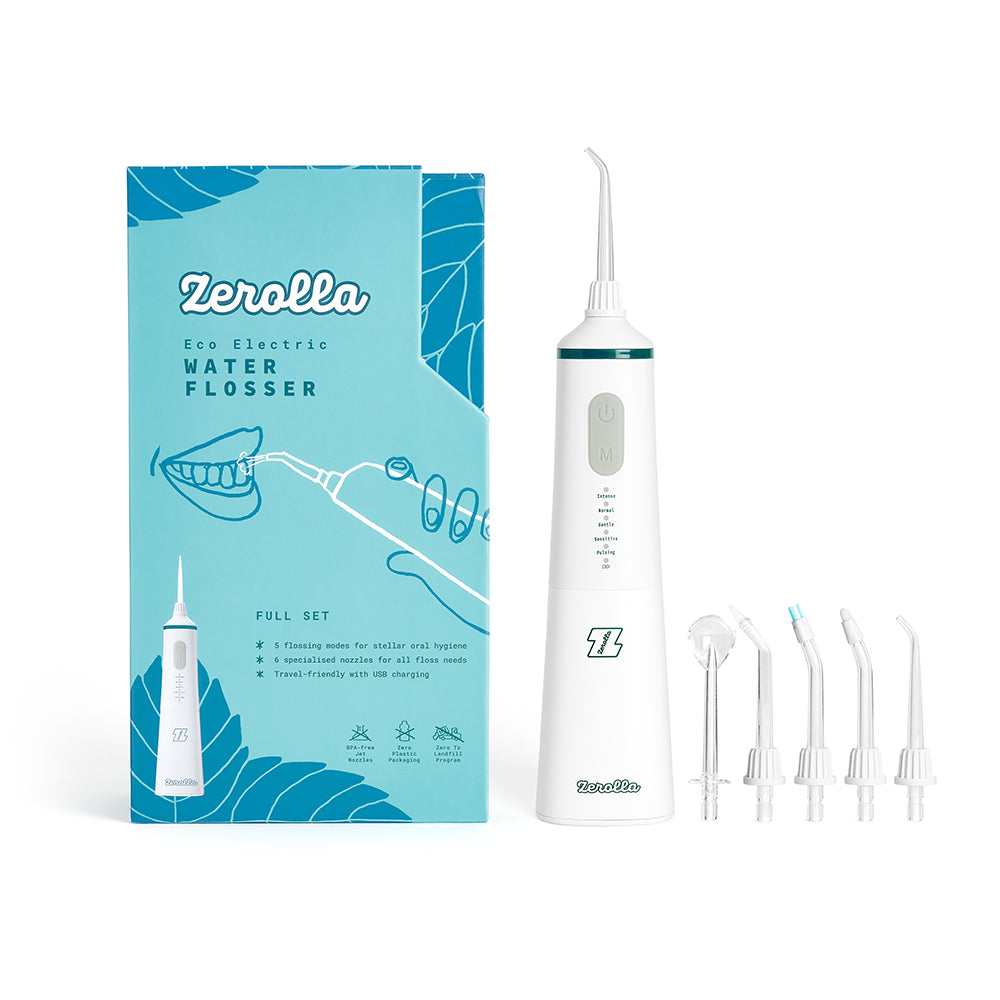

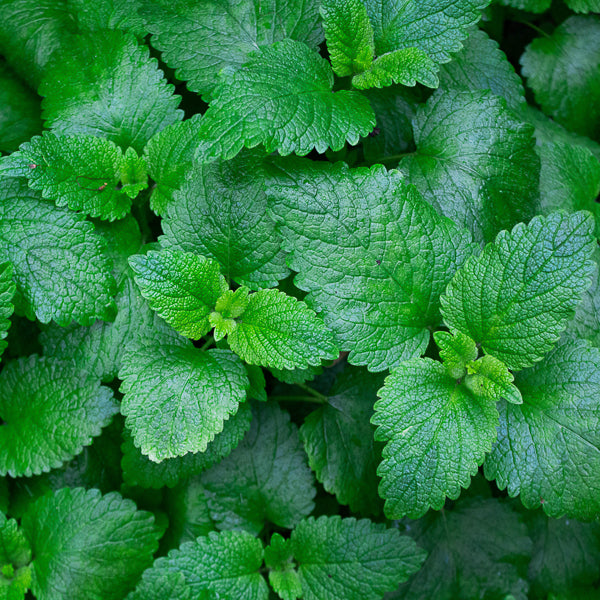
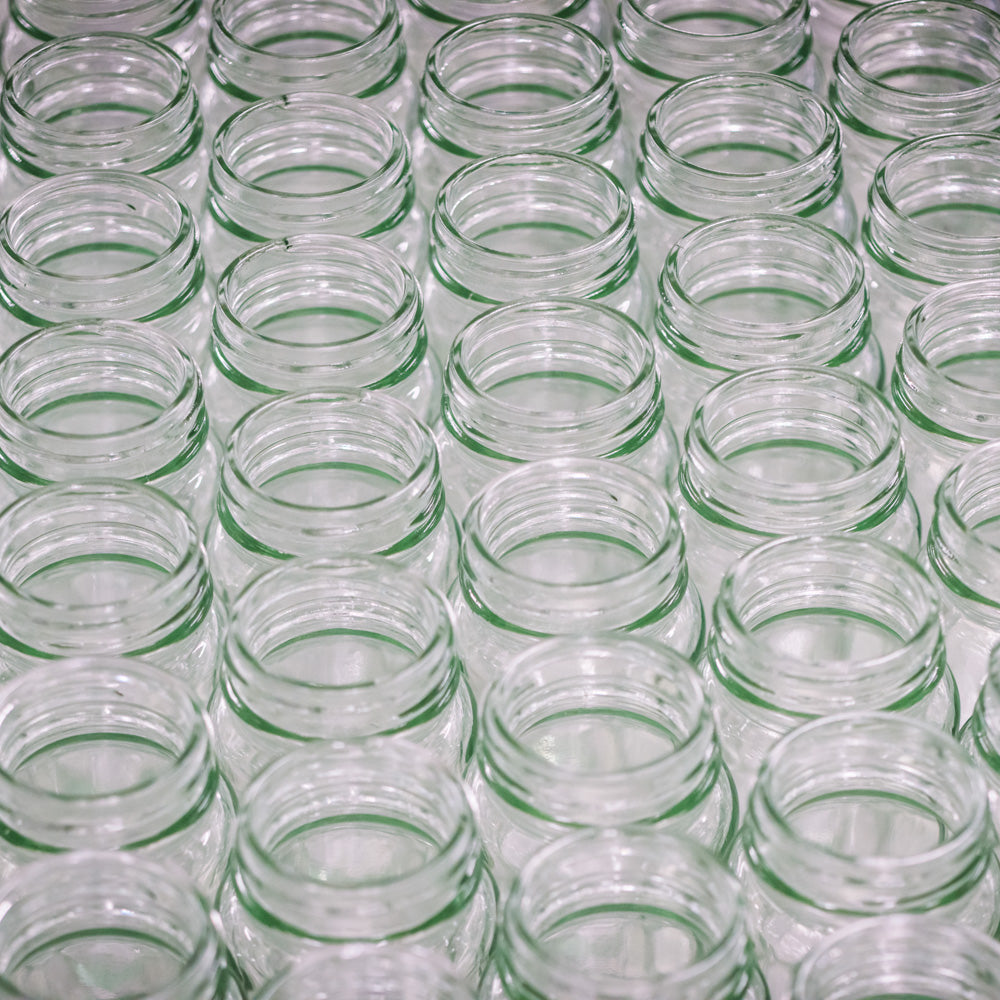
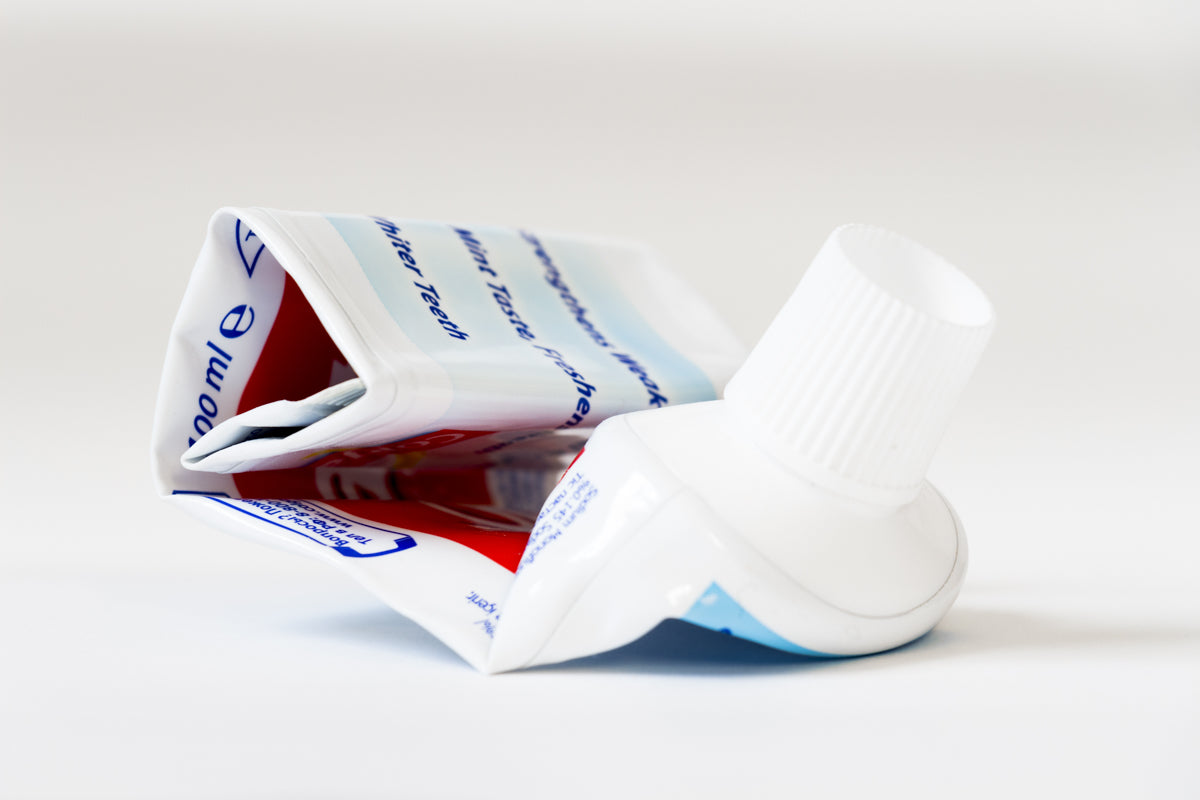

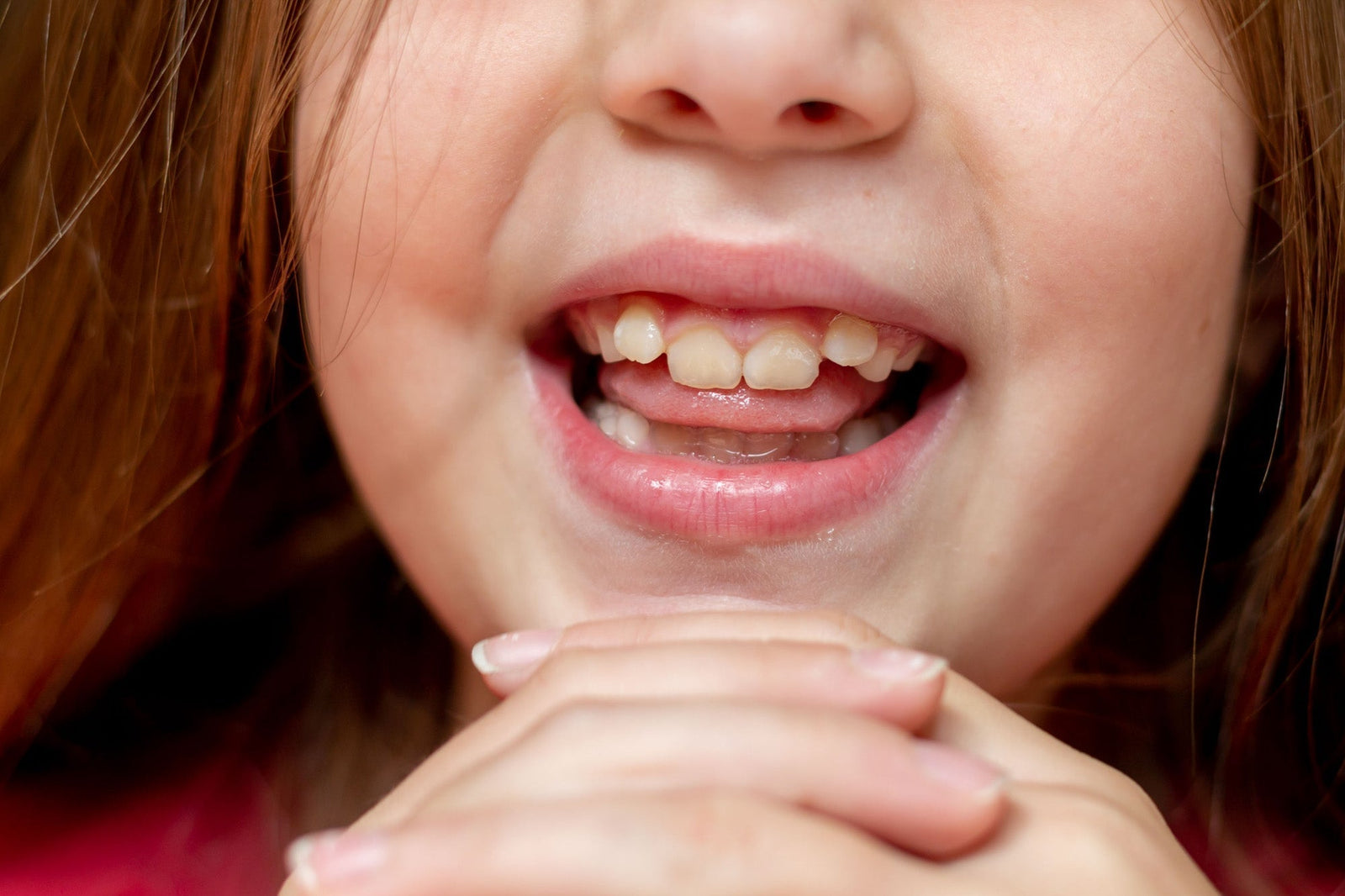
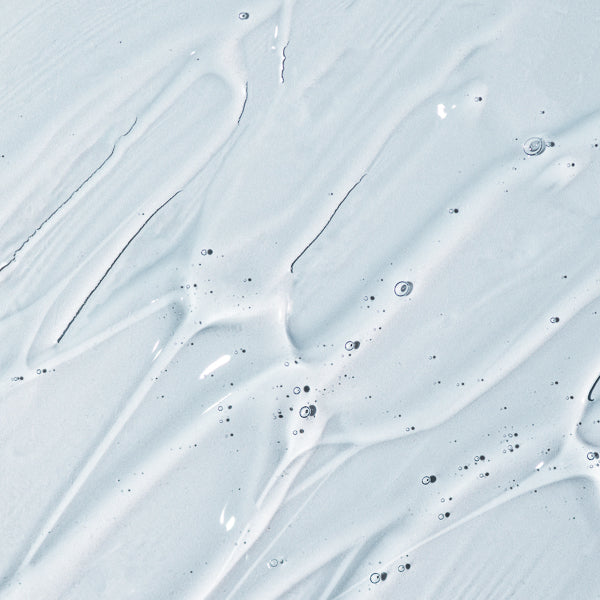
Leave a comment (all fields required)